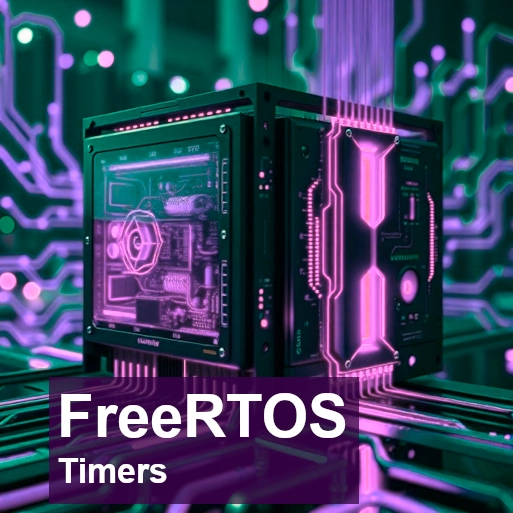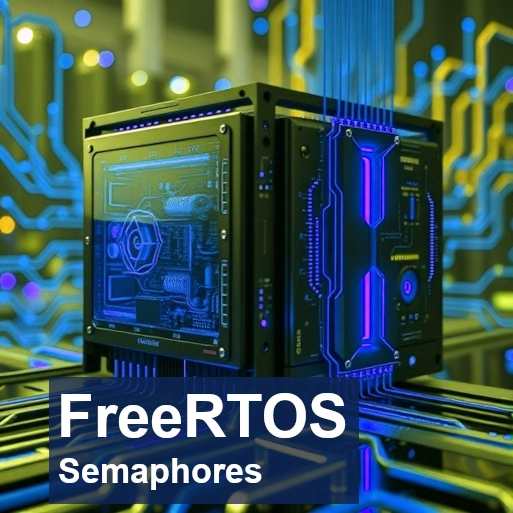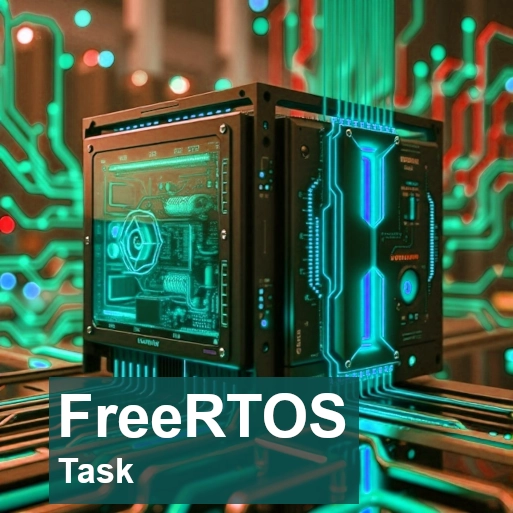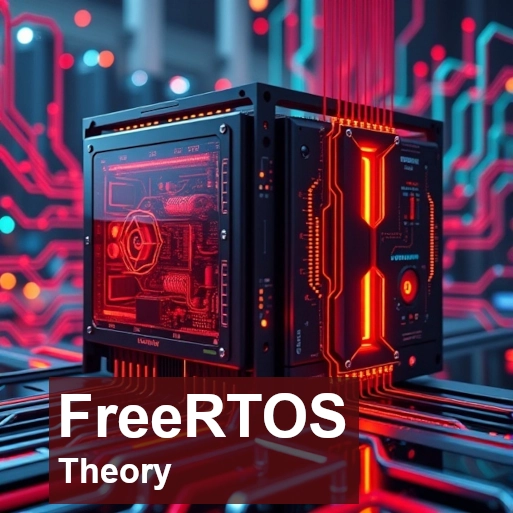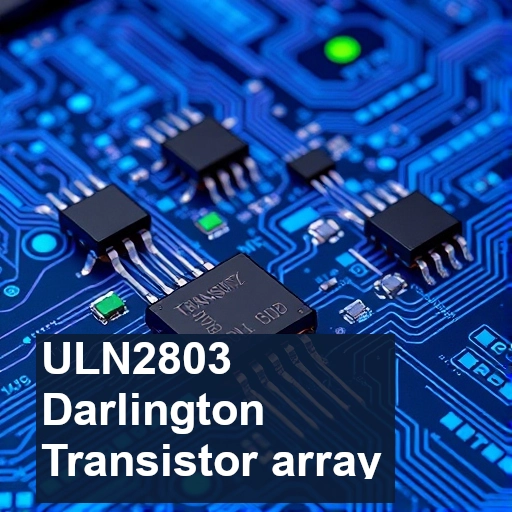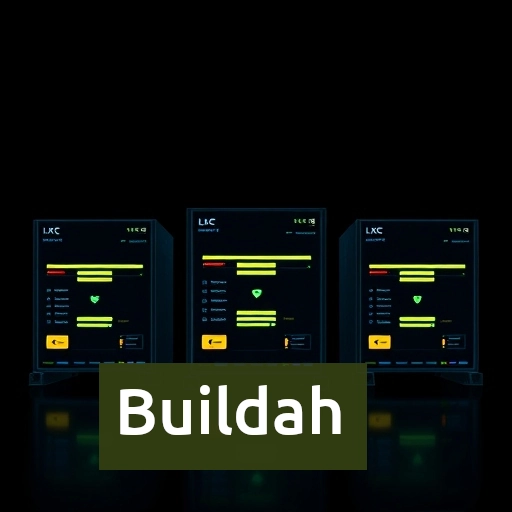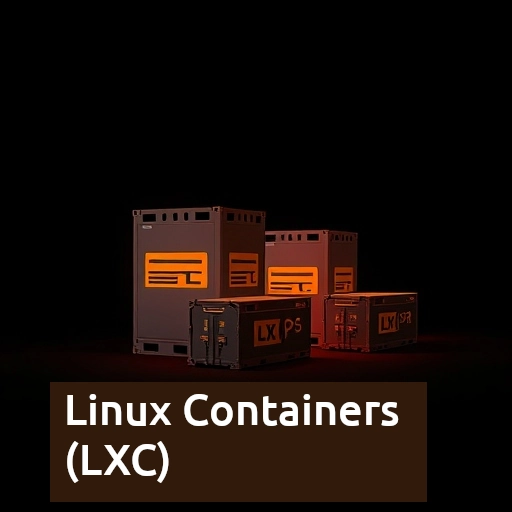Timers in FreeRTOS are software-based timers that are used to execute a function after a specified period, either once or repeatedly. FreeRTOS provides two types of timers:
Semaphores in FreeRTOS: An Overview
A semaphore is a variable or abstract data type that is used to control access to a shared resource in a concurrent system, such as a multitasking RTOS. It provides a way for tasks to signal each other or protect critical resources. Semaphores prevent race conditions by ensuring that only one task can access a resource at any given time.
Task Management in FreeRTOS: An Overview
In FreeRTOS, a task is essentially a thread of execution that performs a specific function within an embedded application. Tasks are fundamental to FreeRTOS's multitasking capability, allowing multiple operations to be performed simultaneously (or seemingly so) on a single processor. Understanding how tasks are created, scheduled, and managed is key to effectively using FreeRTOS.
Introduction to FreeRTOS
FreeRTOS is an open-source, real-time operating system for embedded systems. It was initially created by Richard Barry in 2003 and has since grown to become one of the most popular RTOS choices for microcontroller-based applications. The operating system is designed to allow developers to create multi-threaded applications where tasks can run concurrently, with precise control over their timing and execution.
Understanding Optocouplers: How They Work and How to Use Them
Optocouplers, also known as opto-isolators, are electronic components that transfer electrical signals between two isolated circuits by using light
Uln2803: A Comprehensive Guide
The ULN2803 is an integrated circuit (IC) designed to facilitate the control of high-power loads from low-power digital systems. Specifically, it is a high-voltage, high-current Darlington transistor array that allows a microcontroller or logic circuit to interface with larger, high-voltage devices, such as motors, relays, and solenoids, without the need for direct high-current driving.
Getting Started with Docker on Linux: A Comprehensive Guide
Docker has revolutionized the way developers build, deploy, and run applications. By using containerization, Docker enables applications to be packaged with all their dependencies, providing consistency across different environments. While Docker is available on various platforms, it’s particularly powerful and efficient when used on Linux due to its native integration…
Introduction to Buildah: A Tool for Building Container Images
Buildah is an open-source tool that provides a set of commands for building OCI (Open Container Initiative) and Docker container images. It was created to offer a more efficient, low-level alternative to Docker for building images. Unlike Docker, which typically requires a background daemon (dockerd), Buildah operates as a client-side tool and does not need a long-running process. This can make it more lightweight and secure for building container images, particularly in environments where a daemon is unnecessary or undesirable
Understanding Linux Containers: A Deep Dive into Modern Virtualization
LXC (Linux Containers) is an operating-system-level virtualization method for running multiple isolated Linux systems (containers) on a single host. Unlike traditional virtual machines (VMs), which simulate hardware and require a full guest OS, LXC uses the host kernel directly. This results in less overhead, faster performance, and more efficient resource utilization.
Understanding Voltage Dividers: A Fundamental Concept in Electronics
A voltage divider is a passive circuit consisting of two or more resistors connected in series. It works on the principle of Ohm’s Law and the concept of resistance to divide the total input voltage into smaller, proportional voltages across the resistors.

